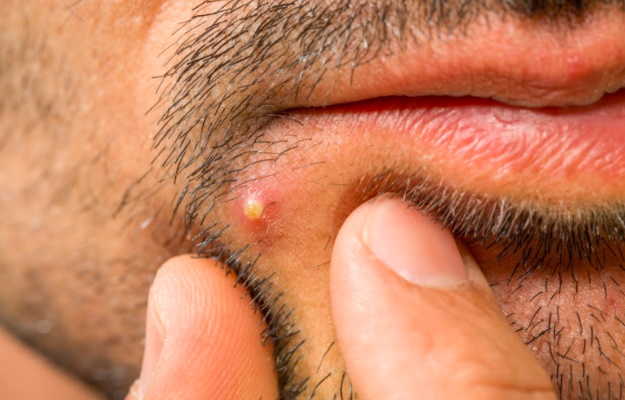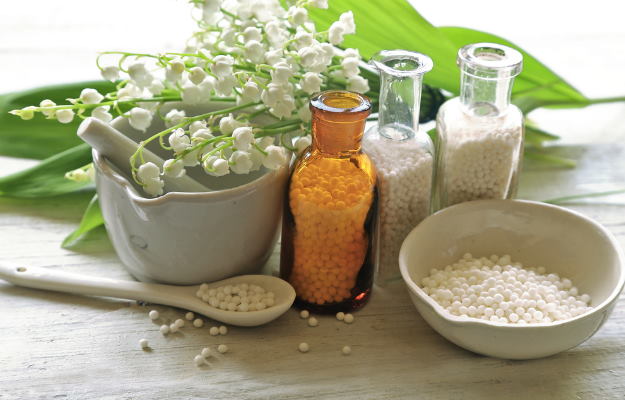Boil refers to the redness and inflammation of the skin occurring due to an infection of the hair follicles, which affects the surrounding area of skin. These are most commonly caused due to the bacteria Staphylococcus aureus, but may also be caused due to other groups of bacteria or even fungi.
Boils are often painful, tender to touch and are filled with pus. Damaging the hair follicle, boils further spread the infection into the deeper layers of the skin. So, it is quite essential to treat boils, if you happen to have one. While small boils can be easily managed at home with the help of home remedies like neem leaves and turmeric, which will be shared in this article, you must visit a doctor if the size of your boil is quite large or if it is extremely painful and exhibits other symptoms. There are some ways in which you can even prevent boils from erupting. You will find these in the sections ahead.




























